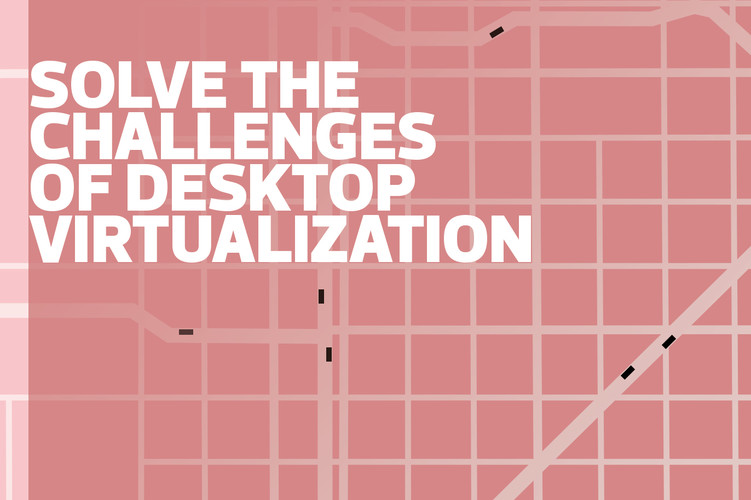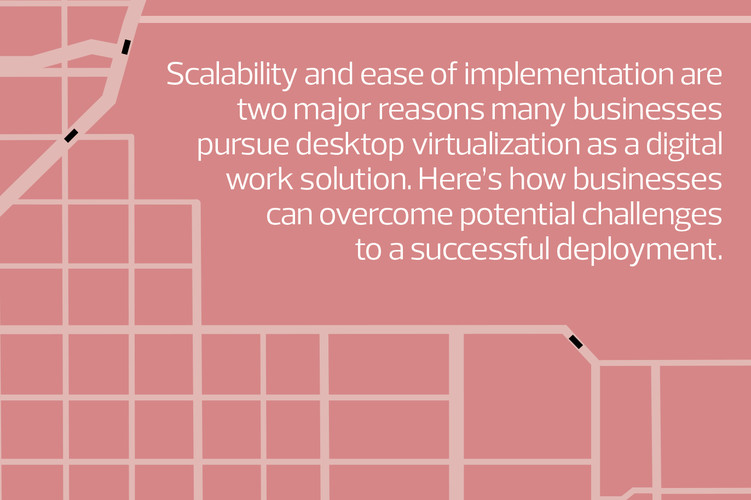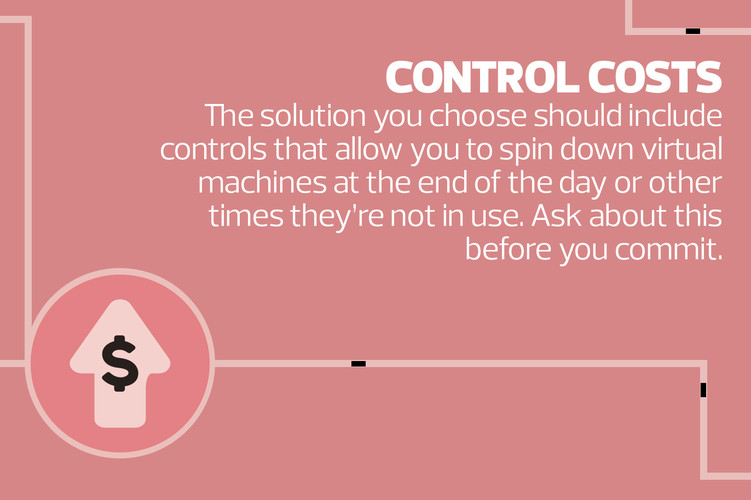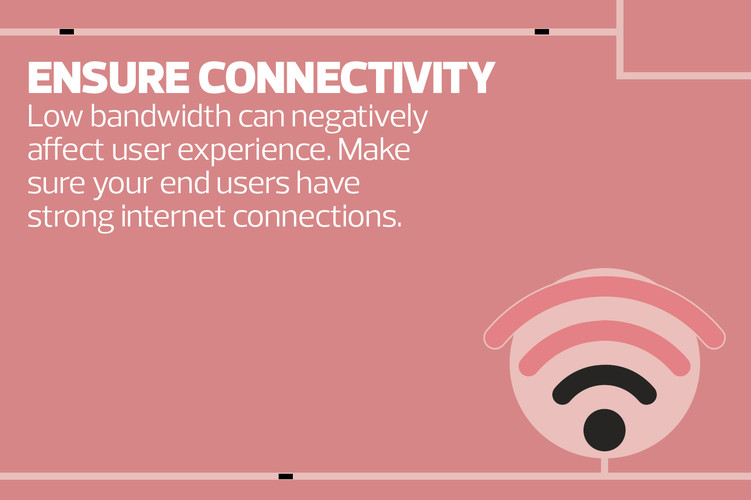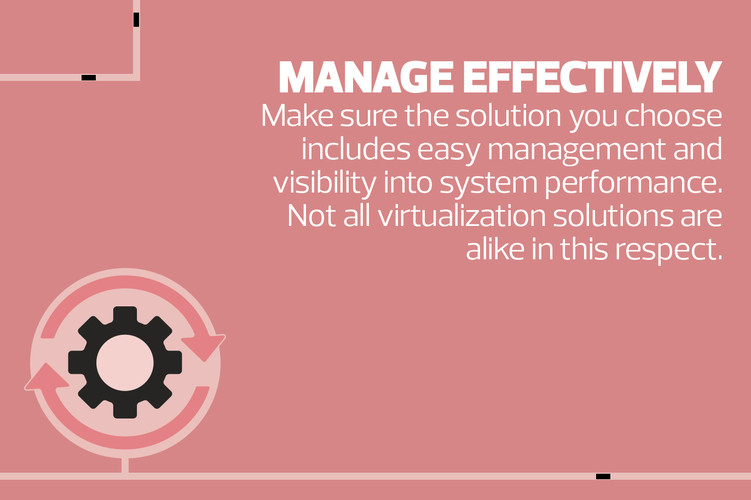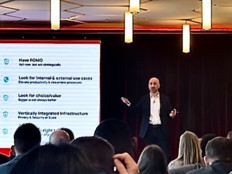How to Keep Digital Work Secure
There’s also an important security angle, Hewitt notes: With endpoints offsite and potentially more vulnerable to threats that organizations can’t control, VDI provides a layer of built-in protection by separating user data and applications from the underlying hardware.
Security was top of mind for Greenberg Traurig, an international law firm employing more than 2,500 attorneys serving clients in 43 offices in the U.S. and abroad. An early adopter of VDI, the company relies on Citrix Virtual Apps and Desktops, a solution now known as Citrix DaaS.
“We’ve always needed our employees to have access to data at any time and any place,” says Greenberg Traurig CIO Jay Nogle. “And for us, security has always been critical, regardless of what we’ve used to enable remote work.”
The technology consolidates IT services onto a single platform, Nogle says. Citrix offers a cloud-based service he anticipates using eventually, but for now, the firm stores and runs its workloads on its own infrastructure and relies on the cloud for backup only.
“We’re really belt-and-suspenders people,” Nogle says. “We’re all about having choices and multiple solutions. Right now, we have several clients that don’t want their data in the cloud, so until that changes, we’re on-prem, and it’s working great for everyone.”
The firm’s lawyers, he adds, now commonly work while they’re on the move with laptops or smartphones that connect to Greenberg’s systems using either Citrix or a VPN. “This is the world they live in now: Just about everything they used to do in the office can now be done from anywhere.”
DIVE DEEPER: A look at the advanced networking technology optimizing digital work.
Enabling the Workforce Through Virtualization
Brighthouse Financial, an annuity and life insurance provider with more than 1,000 employees, has long relied on Microsoft 365 to streamline communication and collaboration across the company. Digital work is now the norm at Brighthouse Financial, and its IT team has adopted what CIO Jeff Hughes describes as a “100 percent cloud, 90 percent Software as a Service” approach to running its operations.
Part of that involves using Azure Virtual Desktop. Hughes says the solution has allowed Brighthouse Financial employees, who also lean on tools like Microsoft Teams, to be just as productive and engaged with their colleagues in the company’s flexible, hybrid work model as they were prior to the onset of the COVID-19 pandemic.
“I think that we’ve had success in this regard because we’ve gone with proven technologies,” Hughes says. With cloud-based applications and similar solutions, the company has been able to avoid many of the maintenance and management complications that tend to slow IT teams down. It’s also managed to make itself more attractive to potential employees.
“That’s certainly benefited us as well,” Hughes says. “It’s helped us become a place where people want to work.”






